Bulakavas Manor is located in the Lazdijai district, in the village of Bulotiškės.
In 1550, the manor belonged to Felicius Bulhak, from whose surname the manor name was derived. The homestead was also called Bulhakowsk, Bulokiškės, Bulotiškės. Here the Bulhaks had two children, Vladimir and Terėsės. Ten years later, in 1560, Felicius died in this manor. The property was continued to be managed by his son Vladimir and his wife Selina Skanderberg, and here in 1565, the last heir to the Bulhaks' Bulakavs manor, Vladimir Vitalis Bulhak, was born. The manor belonged to the Narušiavics for a couple of centuries, approximately until the end of the 18th century. The first to settle here were Stanislovas and Ona Sapiegaite Naruševičiai. Around 1800, the manor was bought by Juozapas Tadas Karenga. In Bulotiškės, he rebuilt the wooden manor building into a classicist-style palace, thus raising its prestige to the level of a manor. At that time, this family also owned the Aštrioji Kirsna manor. After Karenga's death, the property passed to his four sons. Then the manors acquired an autonomous status, as they passed through several owners. The Bulotiškės homestead was unsuccessfully managed by his son Stanislovas Karenga, because already in 1880 the manor was bought at auction by the Arnolds. After the latter, the Bergermans continued to dabble here for a while. After the First World War, until the manor was nationalized in 1940, it was in the possession of the Gavronskis. Over the years, three manors were formed in this area: Bulakava, Novaradziškės and Aštrioji Kirsna.
The homestead is not inhabited at all, it stands silent with its shuttered windows. Peace. The Bulakavas manor homestead is unlike many complexes of the classicism era in its unique layout. It seems to form a closed square in the urban style. The farm huts and other buildings face the center of the manor, that is, the palace. The most eye-catching is the office building of unusual shapes. It is as if Tadas Karenga, the owner of the manor, tried to replicate the building of the Aštrioji Kirsna palace, reducing the scale. The same unsophisticated rectangular cube with a four-column portico. One can only guess that the palace building of the Bulakavas manor was also decorated with a similar portico. Perhaps it was simply demolished during the reconstruction of the building. Observing the list of former owners of the Bulakavas manor, it becomes clear that the manor house was an integral part of the Aštrioji Kirsna manor while the property was in the sole hands of Tadas Karenga. Later, having bought the manors of Aštrioji Kirsna and Bulakavos, the Gavronskis also combined their capital. In 1960, when changing the purpose of the manor buildings, the real barbarism of Soviet architects was manifested; the palace was disfigured beyond recognition during the reconstruction, only the oficina survived somewhat better. In this place in Dzūkija, four interesting manors are located at relatively short distances. Rudamina, Aštrioji Kirsna, Bulakavos and Budviečius.
Information about Lazdijai Regional Museum
Photo by Archifason



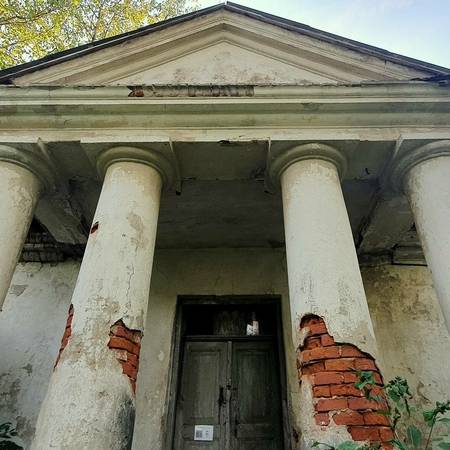
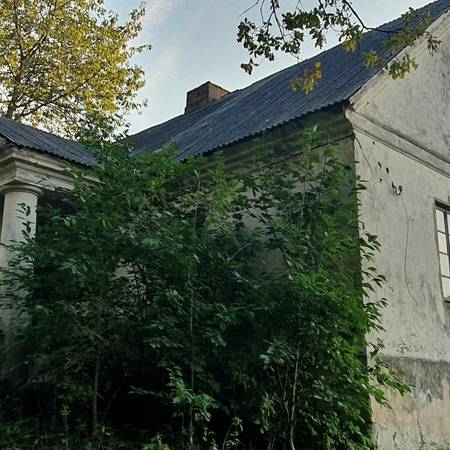
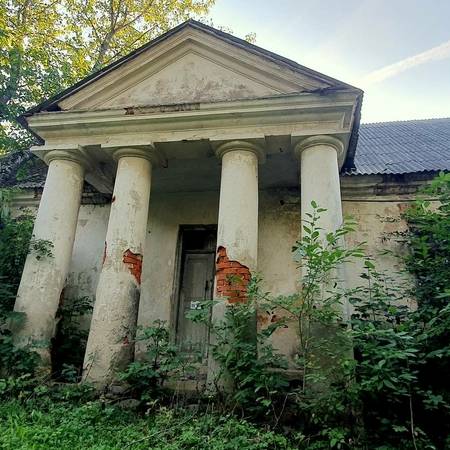
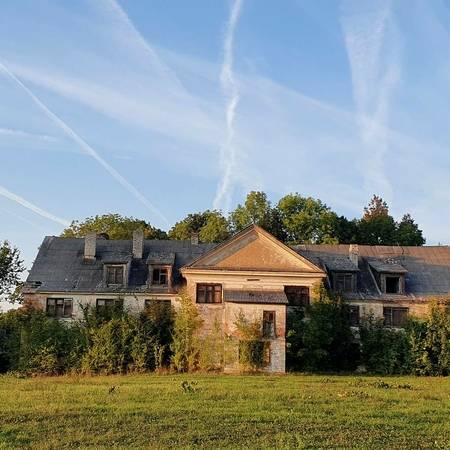
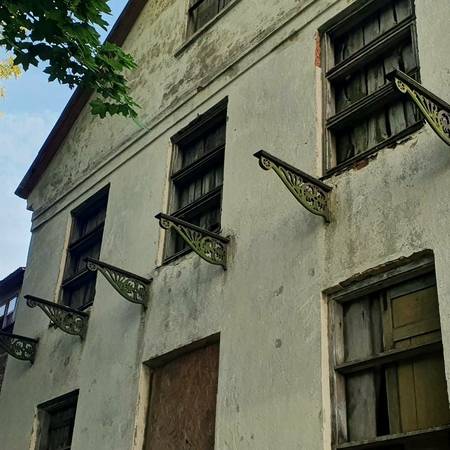
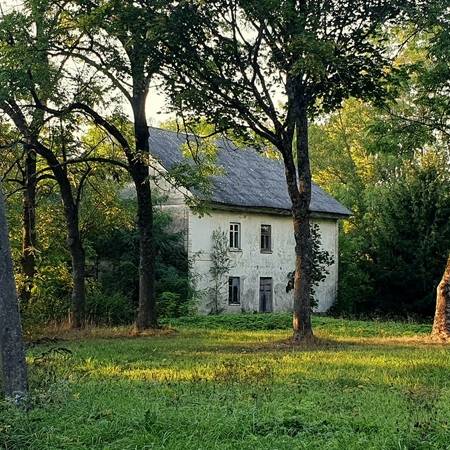
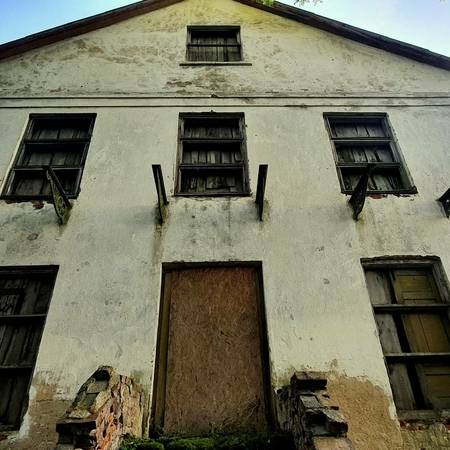
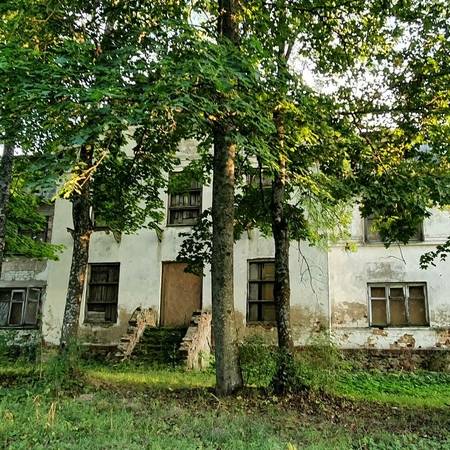
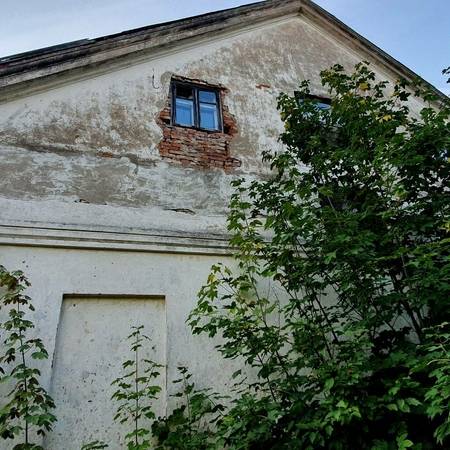
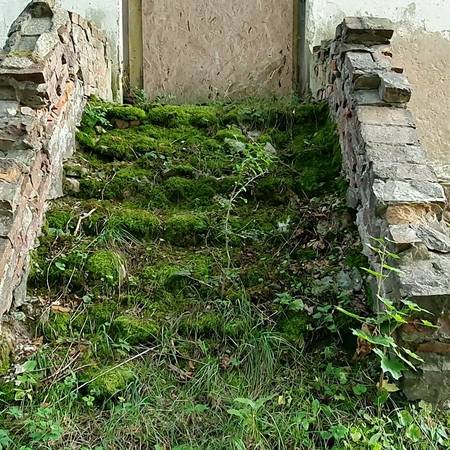
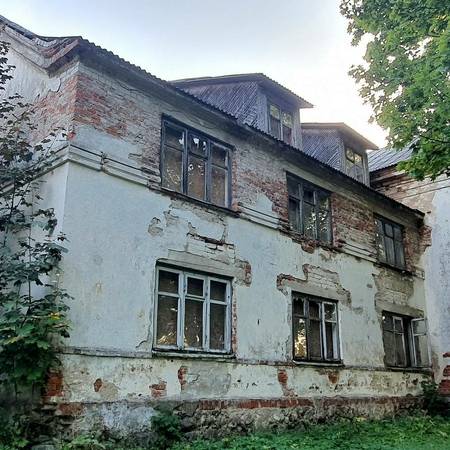
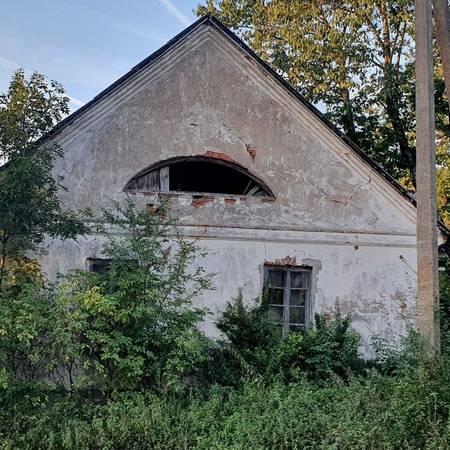
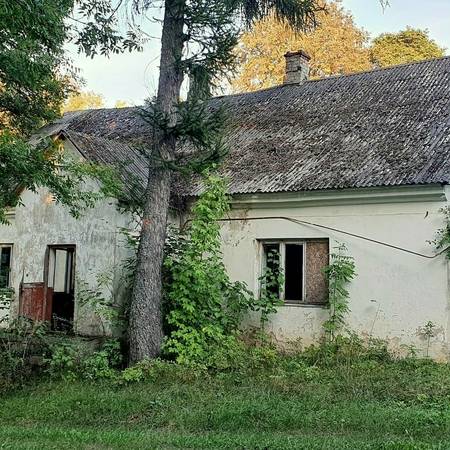
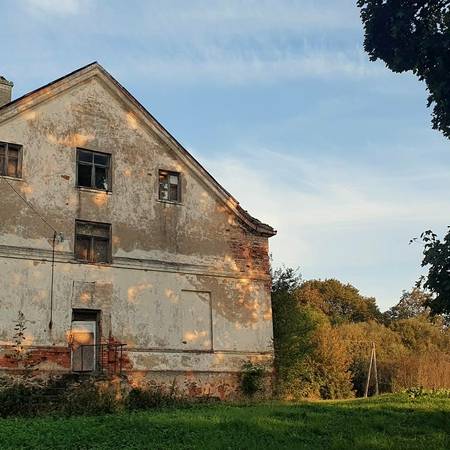
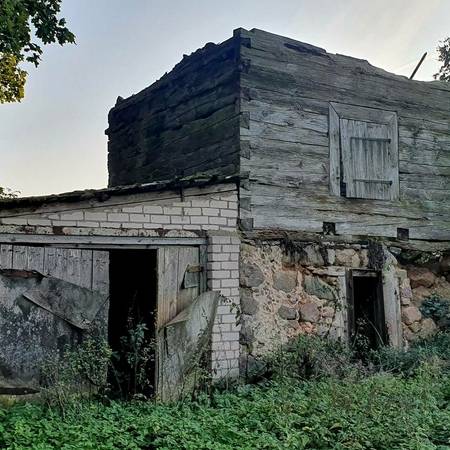







Reviews